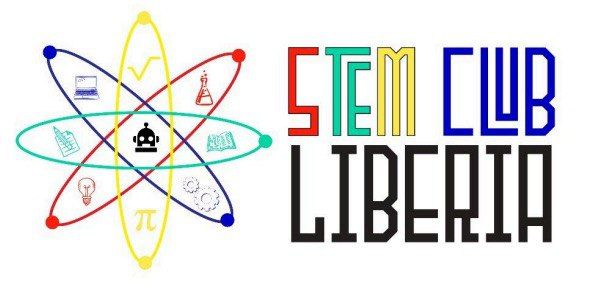How STEM Education is Transforming Liberia's Educational Landscape
The Emergence of STEM Education in Liberia
In recent years, Liberia has witnessed a significant shift in its educational paradigm, primarily fueled by the increasing emphasis on STEM (Science, Technology, Engineering, and Mathematics) education. This transformation is reshaping how young Liberians are being prepared to face the challenges of the modern world. By integrating STEM into the curriculum, Liberia aims to equip its students with critical skills that will enable them to thrive in a rapidly evolving global landscape.

The Need for STEM in Liberia
As a nation striving for economic recovery and growth, Liberia recognizes the importance of nurturing a new generation of thinkers and innovators. The focus on STEM education is driven by the urgent need to address skills gaps and boost employment opportunities in technical fields. By fostering a strong foundation in these areas, Liberia is setting the stage for sustainable development and increased competitiveness on an international scale.
Impact on Teaching and Learning
The introduction of STEM education is not only transforming what students learn but also how they learn. Educators are adopting more interactive and practical teaching methods, moving away from rote memorization to hands-on learning experiences. This shift encourages students to engage deeply with the material and develop problem-solving skills that are essential for success in any field.

Curriculum Innovations
Several schools across Liberia have begun to integrate STEM-focused programs into their curricula. These programs often include robotics clubs, science fairs, and coding workshops, providing students with the opportunity to apply theoretical knowledge in real-world scenarios. Such initiatives are crucial in sparking interest and enthusiasm for STEM subjects among students who might not have considered these fields before.
Challenges and Opportunities
While the push for STEM education presents numerous benefits, it also comes with its own set of challenges. Many schools face resource limitations, from inadequate infrastructure to a shortage of trained teachers capable of delivering STEM content effectively. However, these challenges also present opportunities for growth and collaboration with international organizations and private sector partners.

Collaborative Efforts
To overcome these hurdles, partnerships between government bodies, NGOs, and educational institutions are critical. Collaborative efforts can facilitate the sharing of resources, training of educators, and development of infrastructure necessary for STEM education to flourish. These partnerships ensure that even schools in remote areas can access quality STEM learning experiences.
The Future of STEM in Liberia
Looking ahead, the potential impact of STEM education on Liberia's future is immense. As more students gain access to quality STEM education, the country can expect to see a rise in innovation and entrepreneurship. This shift could lead to advancements in sectors such as agriculture, healthcare, and technology, ultimately contributing to national development.
Liberia's commitment to STEM education is an inspiring example of how targeted educational reforms can pave the way for a brighter future. By investing in the intellectual capital of its youth, Liberia is laying down the groundwork for a nation that is not only self-reliant but also a contributor to global technological and scientific advancements.
